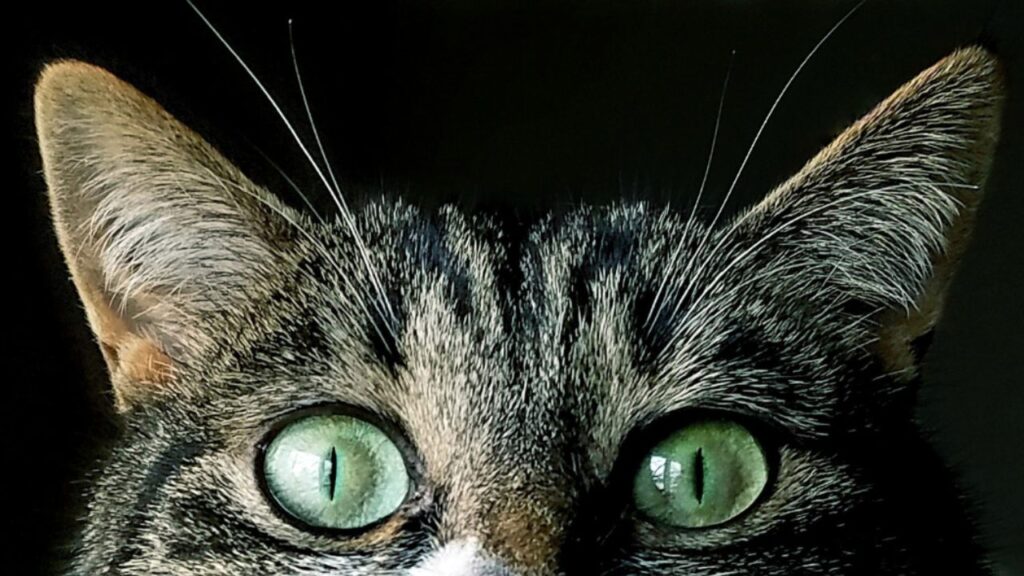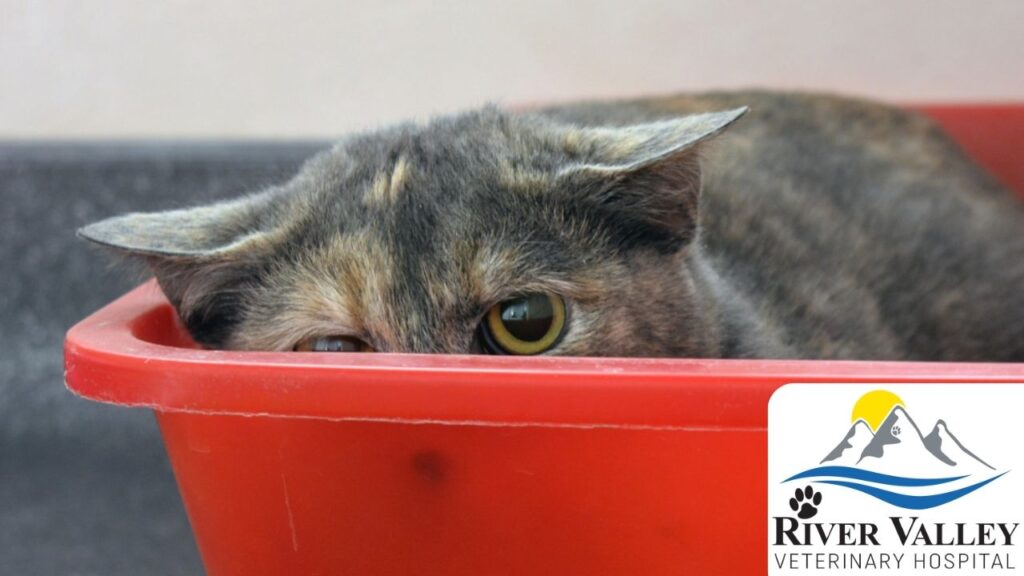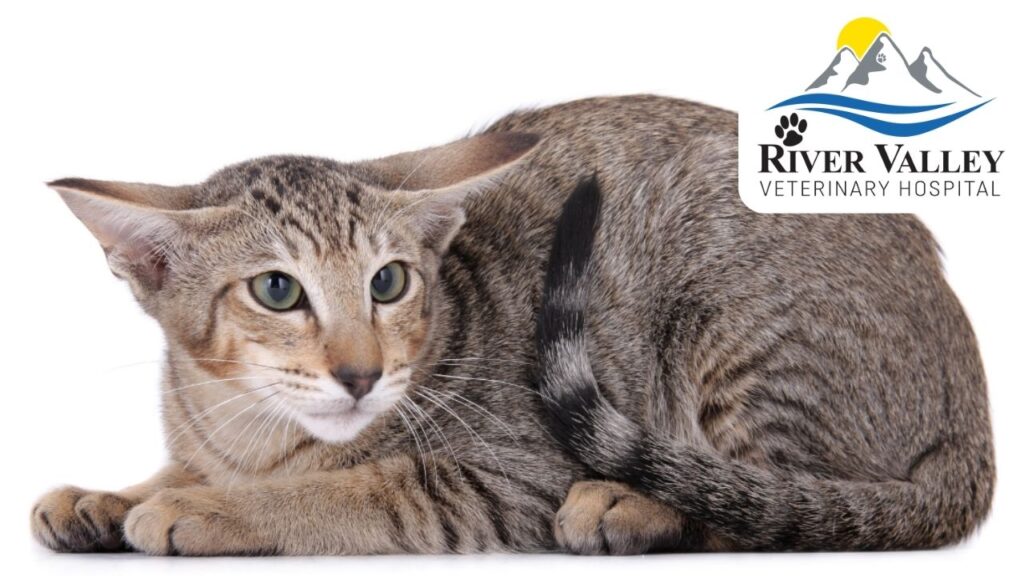Veterinarian Fox Chapel | What Is Your Cat Telling You Part 4
Welcome to part four of our cat communication series, where veterinarian Fox Chapel experts help you decipher what is your cat telling you! We have discussed vocalization, tail and body position mean. The next installment discusses what a cat can indicate with their ears and eyes. If you’ve ever wondered what your cat was thinking, get comfortable as we dive into a cat’s psyche!
The cat’s ears are more than just soft, velvet triangles ready for scritches, says Dr. Linkenheimer the veterinarian Fox Chapel owner. Ears can also help tell the story they are trying to tell you. The three ear positions to get to know include forward, which usually indicate a confident cat. High and erect ears mean the cat is on alert. Maybe they hear a threat, or they think they hear the can opener.
The ears show emotions
Flattened down ears mean the cat is angry or fearful. When the cat is scared, and making themselves as small as possible, that will include ears as well. Some pet owners refer to this as “airplane ears”. It’s a good idea to give any cat with flat ears some space. The eyes are the not so obvious sign, but once a cat owner knows how to read their cat’s eyes, they can determine more accurately the cat’s mood, when comparing the eyes with the cat’s body language. When a cat’s eyes are large with dilated pupils, that indicates excitement, fear or anger.
What Do Dilated Pupils Mean
Many cat owners know their cat is ready to play, when a new toy is introduced, and the cat’s eyes widen and their pupils dilate as they go into hunting mode. If they are staring out the window, and their pupils dilate, it could indicate the cat is ready to stand their ground from a threat they see out the window. Stimulated eyes aren’t good or bad, and when using the other body language of a cat, it becomes easy to know what they are thinking.
If the cat’s pupils are constricted – and remember, they constrict into slits – that can indicate an angry, agitated or fearful cat. Check the cat’s other body signals to figure out the best way to support your kitty friend. This type of eye indication will often be accompanied by growling. The other body clues will help you understand if your cat is aggressive, like they’ve seen a cat they want to go away. Or afraid, perhaps a noise, or barking dog is upsetting them. Watch what your cat does, says Dr. Linkenheimer of veterinarian Fox Chapel. You will be able to figure it out quickly.
Veterinarian Fox Chapel | Cats Eyes Express So Much
If the cat is blinking slowly, that’s a sign of comfort and trust. It’s often referred to as a “kitty kiss”. Stare at your cat and slow blink back, your cat will likely come in for pets and snuggles, since they know the affection is mutual. Once you start to watch your cat’s body language, their eyes will help you put all the information together. And when you react according to how they are behaving, you and your cat will likely become even closer, as your cat will realize you understand them.
Finally, Dr. Linkenheimer of veterinarian Fox Chapel says the tail position is the last body position to be aware of. The two main tail positions to know is up, and down. Just like in all the other body positions, a scared cat will try to make themselves as small as possible. Therefore, a that that is down and tucked tail usually indicates fear. When the tail is up, watch what it is doing. If the tail is quivering, or just being held high, that usually indicates the cat is confident and happy, this is often referred to as the flagpole position. A tail that is being flicked usually indicates agitation and that the cat is on high alert.
Use All The Clues To Determine What Your Cat Is Saying
However, before a pet owner reached a definitive conclusion, they should look at all the other body language indicators to figure it out for themselves. For example, a cat with an exposed belly, but flicking tail is usually indicating they do not want to be pet. But a cat with a flicking tail that greets the owner getting home with high pitched chirps is probably not agitated at all, that tail flick is their own language altogether. That’s why it’s so important to pay attention to all the body parts, as well as use context for a clue.
It’s also quite interesting to learn, says veterinarian Fox Chapel expert, Dr. Linkenheimer. That these behaviours and body language that our pet cats display are also present in big cats, from lions and tigers to pumas and panthers. All cats are just cats. Their body language, fight and flight responses, and signs of affection are all the same. Keep that in mind the next time you are watching videos of lions and tigers! Watch to see if you can spot some of the similarities between the two.
The series continues!
Thank you for reading through the first few articles in our cat communication series. Keep reading for the conclusion of part five and six. We will put all the information together, and decipher what our cats want, and why they do what they do! If your cat is acting strangely however, do not try to diagnose them yourself. Contact veterinarian Fox Chapel clinic River Valley Veterinarian Hospital and get your pet looked at by qualified professionals right away!



